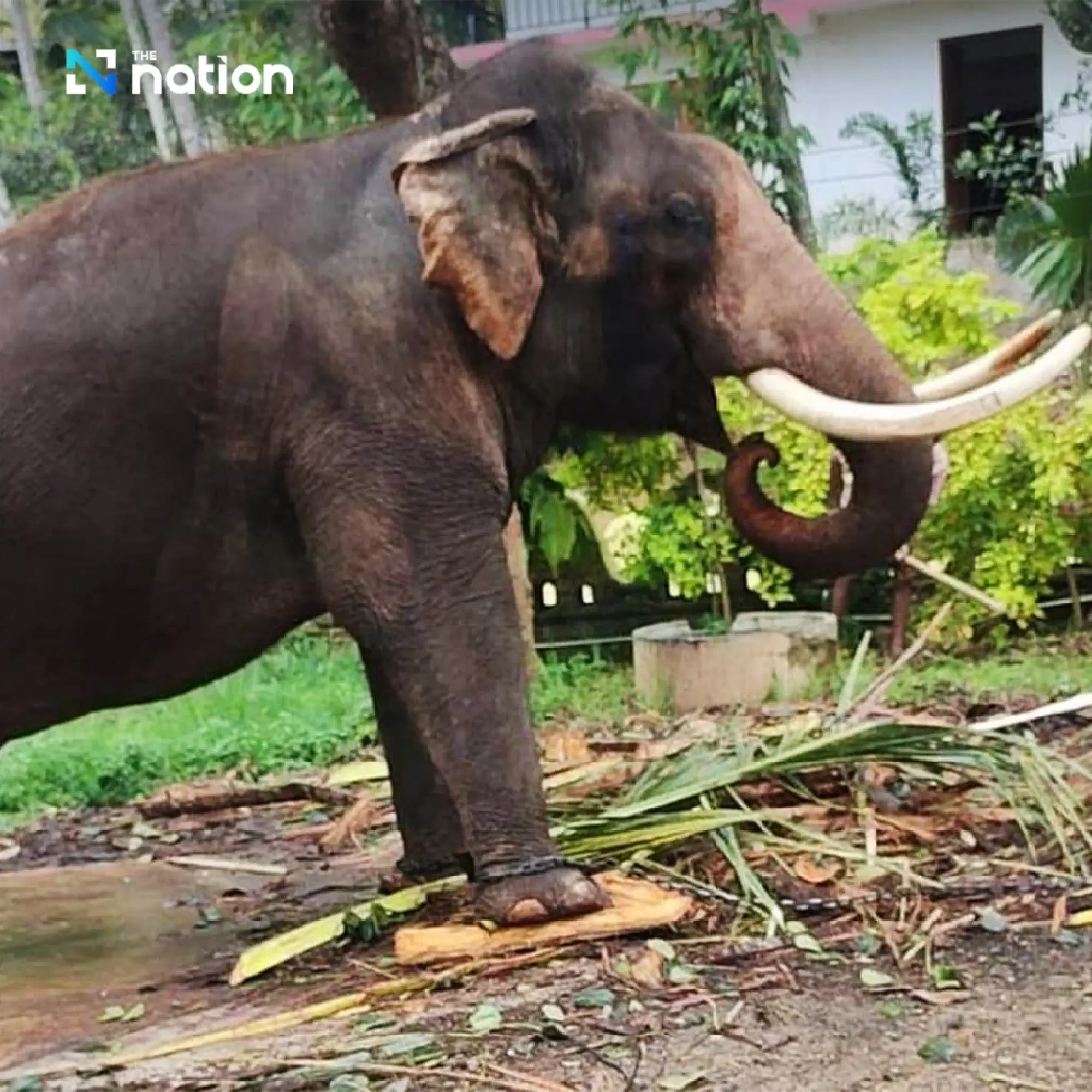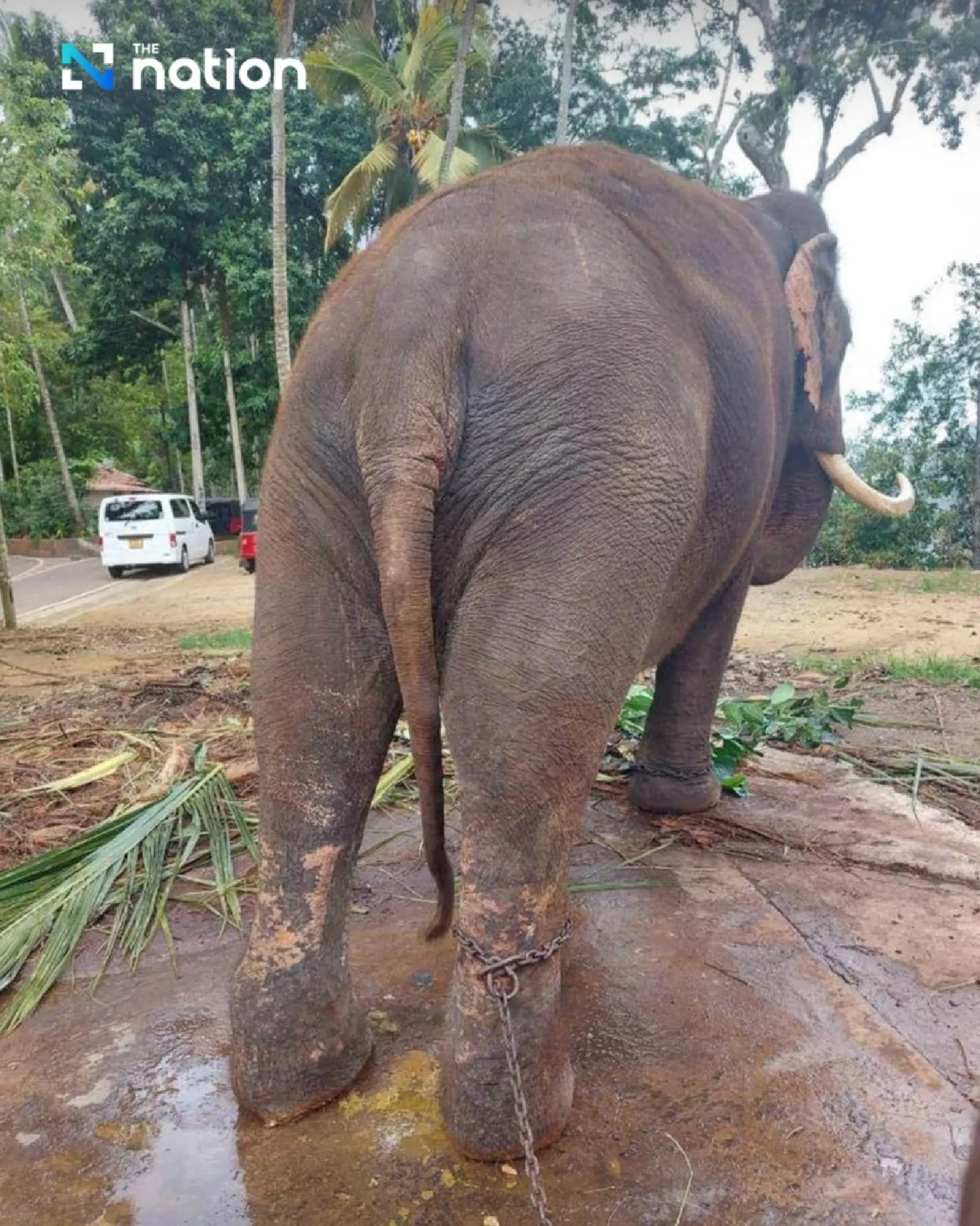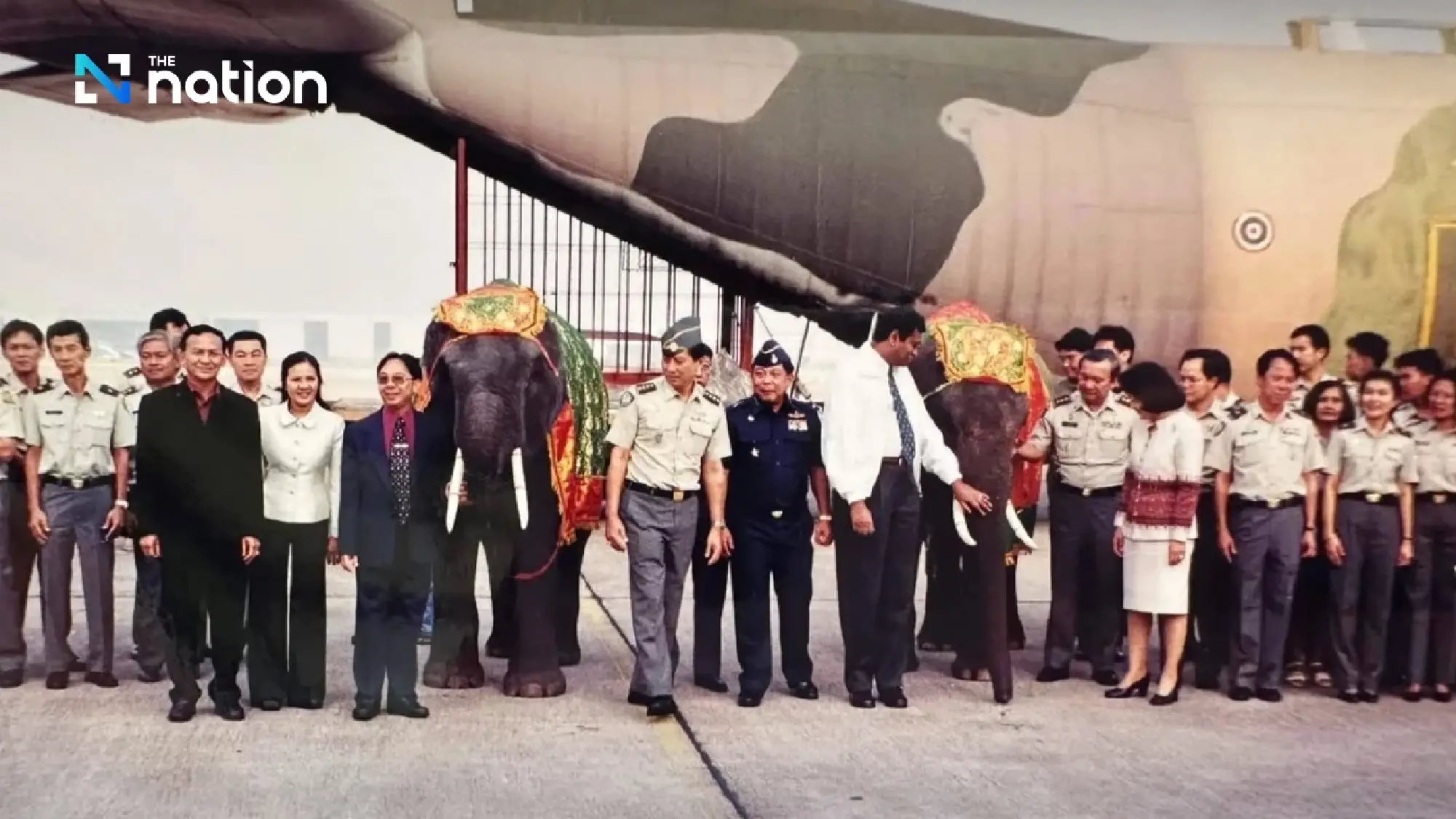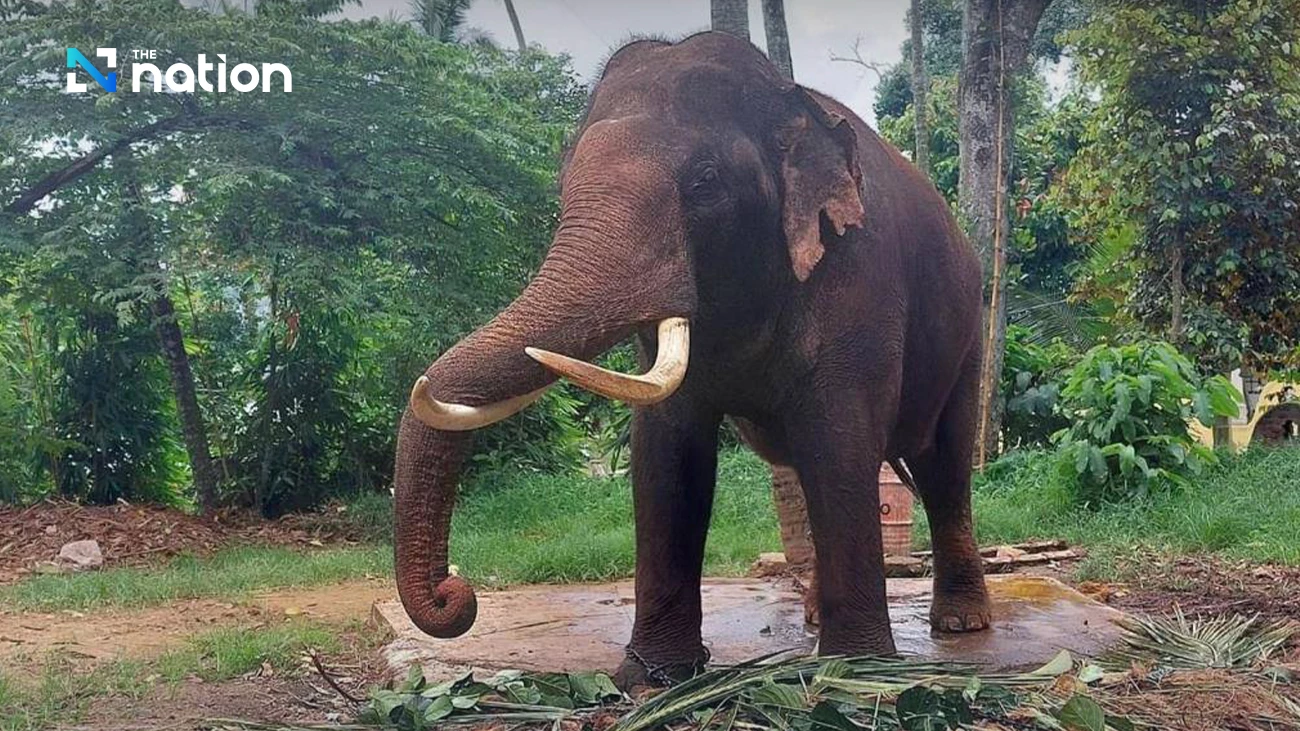
Key talks set for October 28 with Sri Lankan embassy
Atthaphon Charoenchansa revealed that a meeting will be held with the Sri Lankan Embassy in Thailand and conservation groups on October 28 to discuss the elephants’ health and the possibility of their return.
Initial reports indicate that both elephants have been overworked, leading to health concerns, though they may not yet show symptoms as severe as those of “Plai Sak Surin.” This visit will provide a clearer health assessment and explore the possibility of treatment in Thailand if the elephants’ well-being is at risk.
“If talks are successful, we will use the same model that facilitated the return of ‘Plai Sak Surin’ in 2023, involving Thai elephant handlers, veterinarians from the National Elephant Institute, and transportation arrangements,” said Atthaphon.
He added that the entire process must receive mutual consent from both the Sri Lankan government and the temples that own the two elephants.

Historical context: Thailand’s elephant exports
According to the DNP, from 2001 to 2016, Thailand sent 20 elephants to five countries, including Sri Lanka, Denmark, Japan, Sweden, and Australia:
Before 2001, the Royal Forest Department sent 1 elephant to Sri Lanka (Plai Pratu Pha). In 2001, the department sent 2 elephants to Sri Lanka (Plai Sak Surin and Plai Srinarong).
In 2001, the Royal Forest Department sent 3 elephants to Denmark.
In 2002, the Royal Forest Department sent 2 elephants to Japan.
In 2004, the DNP sent 2 elephants to Sweden.
In 2005, Surin Province sent 2 elephants to Japan (Plai Athit and Phang Uthai).
In 2016, the Zoological Park Organisation sent 8 elephants to Australia (Plai Kung, Phang Thongdee, Phang Nam Oi, Phang Dok Koon, Phang Pornthip, Phang Phak Boong, Phang Tang Mo, and one unnamed elephant).
However, the Thai government no longer supports the export of elephants and now requires detailed assessments to ensure their proper care and protection from exploitation or abuse.


